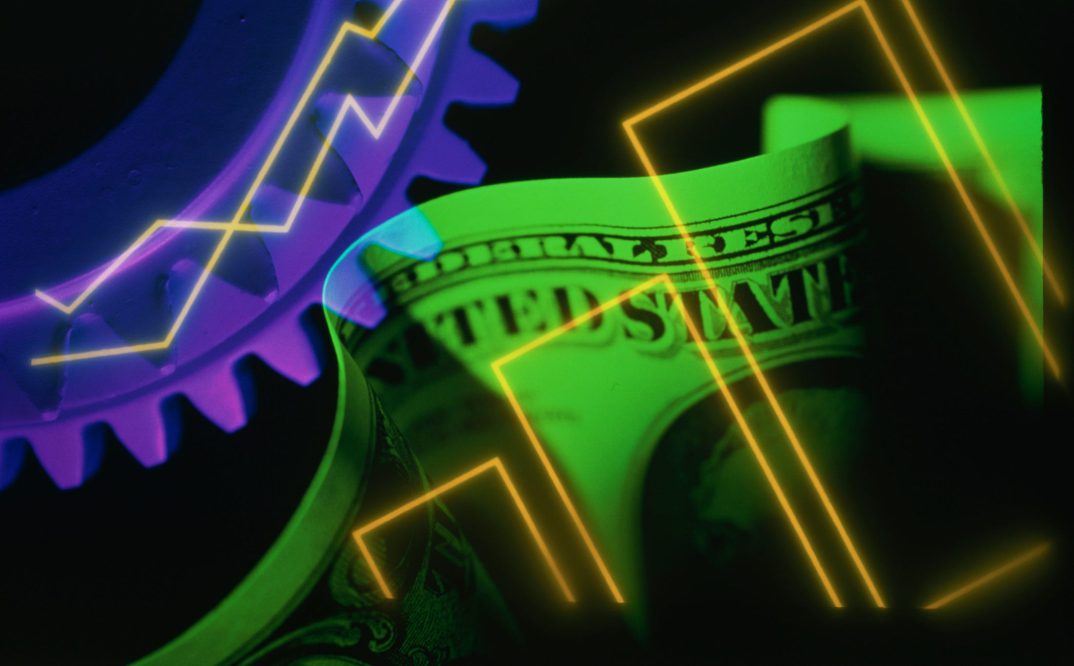Key takeaways
- Inflation declined 0.1% month over month in June and rose 3% year over year, according to today’s Consumer Price Index report.
- Core inflation rose 3.3% year over year in June, the smallest year-over-year increase since April 2021.
- A quarter of softening inflation numbers and a cooling job market could provide the Federal Reserve enough data to make an interest rate cut as early as September.
It may be scorching outside, but inflation is chillin’.
US prices declined 0.1% in June month over month after they were unchanged in May, according to the latest Consumer Price Index data released today by the Bureau of Labor Statistics. Headline inflation rose 3% year over year, compared to 3.3% in May. The energy index led the decline, with gas prices falling again for a second month.
Core inflation — excluding volatile food and energy prices — rose 3.3% in June, the smallest year-over-year increase since April 2021.
The release comes a day after Federal Reserve Chair Jerome Powell told Congress that inflation could be less of a risk to the economy than rising unemployment. And three months of cooling inflation numbers has led some — including the stock market — to speculate that the Fed could vote to cut interest rates at its meeting in September, and maybe again in December.
The latest CPI report won’t likely alter the Federal Open Market Committee’s vote later this month, when the Fed is expected to once again hold interest rates at a target rate of 5.25% to 5.5%. The Fed’s decision process is more likely to be affected by the Personal Consumption Expenditures report coming out in a couple weeks (more on that later).
Here’s what you need to know about inflation, what the Fed might do about it later this month and how it will affect your finances.
What is inflation?
Inflation is the rate of increase in prices and goods over a period of time. Contributing factors can include consumer demand, labor costs and supply chain disruptions. The Fed’s target rate is 2%.
Inflation isn’t inherently bad, and a small increase in costs year over year is often a sign of a healthy economy. But when inflation rises too quickly, we lose purchasing power and the Fed intervenes, usually by raising interest rates. Rising rates usually slows down borrowing and spending, and eventually drives prices back down.
What’s the difference between CPI and PCE inflation?
During his testimony yesterday, Powell said that annualized inflation was 2.6% in May. He was referring to the Personal Consumption Expenditures price index. The CPI and PCE both track inflation, and they generally move up or down together. However, due to differences in the formulas, the way data is analyzed and the weight given to different measures, the numbers typically vary a bit. In general, annual PCE inflation is a few points lower than CPI on average. You’ll often hear that the PCE is the Fed’s preferred measure of inflation. However, the CPI tends to better reflect consumers’ out-of-pocket spending.
Why is inflation so bad right now?
While inflation can cause prices to rise over many years — think what a car cost 30 years ago compared to today — in recent years inflation has skyrocketed. In the wake of the pandemic, supply chain disruptions led to shortages, employers struggled to fill positions and consumers unleashed a pent-up demand for shopping, dining out and traveling. As a result of this and other contributing factors, runaway inflation sent prices soaring. It’s made everything more expensive, including essentials like food, gas and housing.
What does the Fed have to do with inflation?
The Fed attempted to bring inflation under control by raising the federal funds rate — the interest rate banks charge each other for borrowing and lending — to make borrowing more costly and thus slow down the economy.
That’s made borrowing — whether it’s credit cards, auto loans or mortgages — more expensive.
But leaving high interest rates in place for too long could create a drag on the economy as employers pull back on hiring and consumers stop spending. It could lead to a recession. That’s why rising unemployment could force the Fed to lower interest rates, even though inflation is still high.
What will the Fed do at its meeting?
When the Fed meets July 30 to 31, it will likely hold the federal funds rate at a target range of 5.25% to 5.50%, as it’s done since August 2023.
But with two jobs reports, two sets of CPI data and a PCE release scheduled for release before the next meeting in September, the Fed could get enough “good data,” as Powell refers to it, to make the case for an interest rate cut. Some experts still predict two interest rate cuts by the end of the year.
“I now expect the Fed to cut their federal funds rate target in September and again in December,” said Robert Fry, chief economist at Robert Fry Economics.
How can you manage your money when inflation is high?
If inflation loses its tug-of-war with unemployment and the Fed does cut interest rates, consumers who’ve been waiting to buy a house may see a welcome decline in mortgage rates. However, don’t expect rates to fall back to the historic lows of the pandemic, as it’s unlikely to sink to those levels in the near future, if ever again. Instead, focus on finding a house that’s within your budget and use these expert tips to score a lower rate.
If you’re carrying credit card debt, don’t wait for credit card APRs to dip. Rate cuts will come incrementally, which won’t make much of a difference for sky-high credit card rates. Instead, consider ways to reduce the amount you pay in interest, like applying for a debt consolidation loan or a balance transfer card.
If you’ve been able to save some money, take immediate action to lock in higher rates on CDs, high-yield savings accounts and money market accounts, which are offering annual percentage yields at 5% or higher. Experts recommend starting an emergency fund with one of these accounts to earn more interest before the Fed lowers rates.
And even though prices aren’t increasing by as much as they were a year ago, it’s still hard to afford a lot of things, including groceries and other essentials. Check out these ways to save as we all wait for a little relief.




